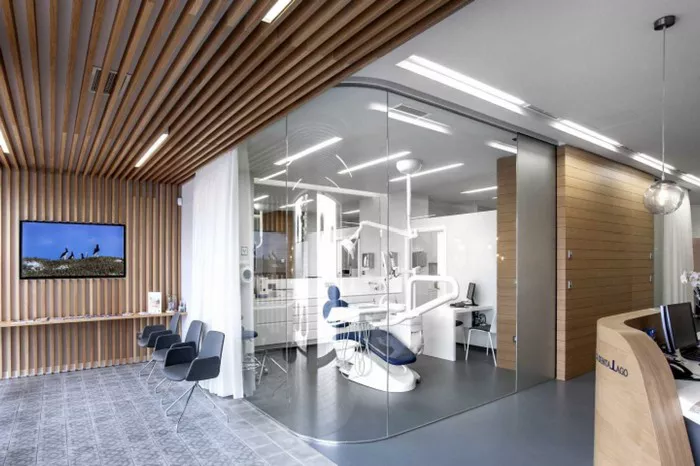FAQs
Why is my lower right side of my back hurting?
Lower right back pain can stem from various causes such as muscle strain, poor posture, injury, or even underlying medical conditions like kidney stones or sciatica. Identifying the specific cause through evaluation by a healthcare professional is crucial for appropriate treatment.
How to relieve lower back pain fast at home?
To alleviate lower back pain at home, try applying ice or heat packs, practicing gentle stretches and exercises targeting the back muscles, maintaining good posture, using over-the-counter pain relievers, and considering relaxation techniques such as yoga or meditation. However, seek medical advice if pain persists or worsens.
How to rest lower back pain?
Resting lower back pain involves avoiding activities that aggravate the discomfort while maintaining gentle movement to prevent stiffness. It’s essential to find a comfortable position, perhaps with the support of pillows or cushions, and consider using a firm mattress. Additionally, practicing proper body mechanics during daily activities can help alleviate strain on the lower back.
Related topics:
- Your Guide to Bacterial Conjunctivitis: How Long Until It Clears Up
- The Consequences of Inducing Appendicitis: A Comprehensive Guide
- How to Quickly Raise Blood Sugar Levels: A Guide for Hypoglycemia


